Q&A: Building Design Shifts Toward Wellness Architecture
Dwayne MacEwen of DMAC Architecture and Samantha McCormack of TPG Architecture discuss how green building has evolved from saving the planet to improving comfort and health.

From left to right: Samantha McCormack, Dwayne MacEwen. Images courtesy of TPG Architecture and DMAC Architecture
The U.S. Green Building Council has inarguably changed the course of the real estate industry and has done so for the better, mobilizing the masses around the idea of environmentally responsible construction. Buildings these days feature more than attention to sustainable construction and practices meant to help save the planet, they commit to factors that greatly improve people’s health and comfort, such as ample daylight and better indoor air quality.
READ ALSO: US Green Office Trend Reaches New Heights
LEED certification has graced developments from all over the world since 1998. Additional programs such as WELL, Fitwel, the Living Future Institute’s Living Building Challenge, ParkSmart or SITES complement LEED’s standards. However, a building’s green features are not always the result of such a certification. Dwayne MacEwen, principal & creative director of DMAC Architecture in Chicago, and Samantha McCormack, creative director at New York’s TPG Architecture, presented their views on the connection between architecture, good business and the well-being of both the planet and the people working in their buildings.
Which are nowadays’ most popular architectural responses to climate change?
McCormack: We are seeing increased demand from clients across the board in reducing their carbon footprints—both with respect to existing and new spaces. That can be done in a couple of ways, from more efficient HVAC systems to purchasing carbon offsets. We are also seeing requests from clients that want to reduce the overall amount of real estate they have, which requires that space be used more efficiently—ensuring every room or zone is multifunctional and activated throughout the day.
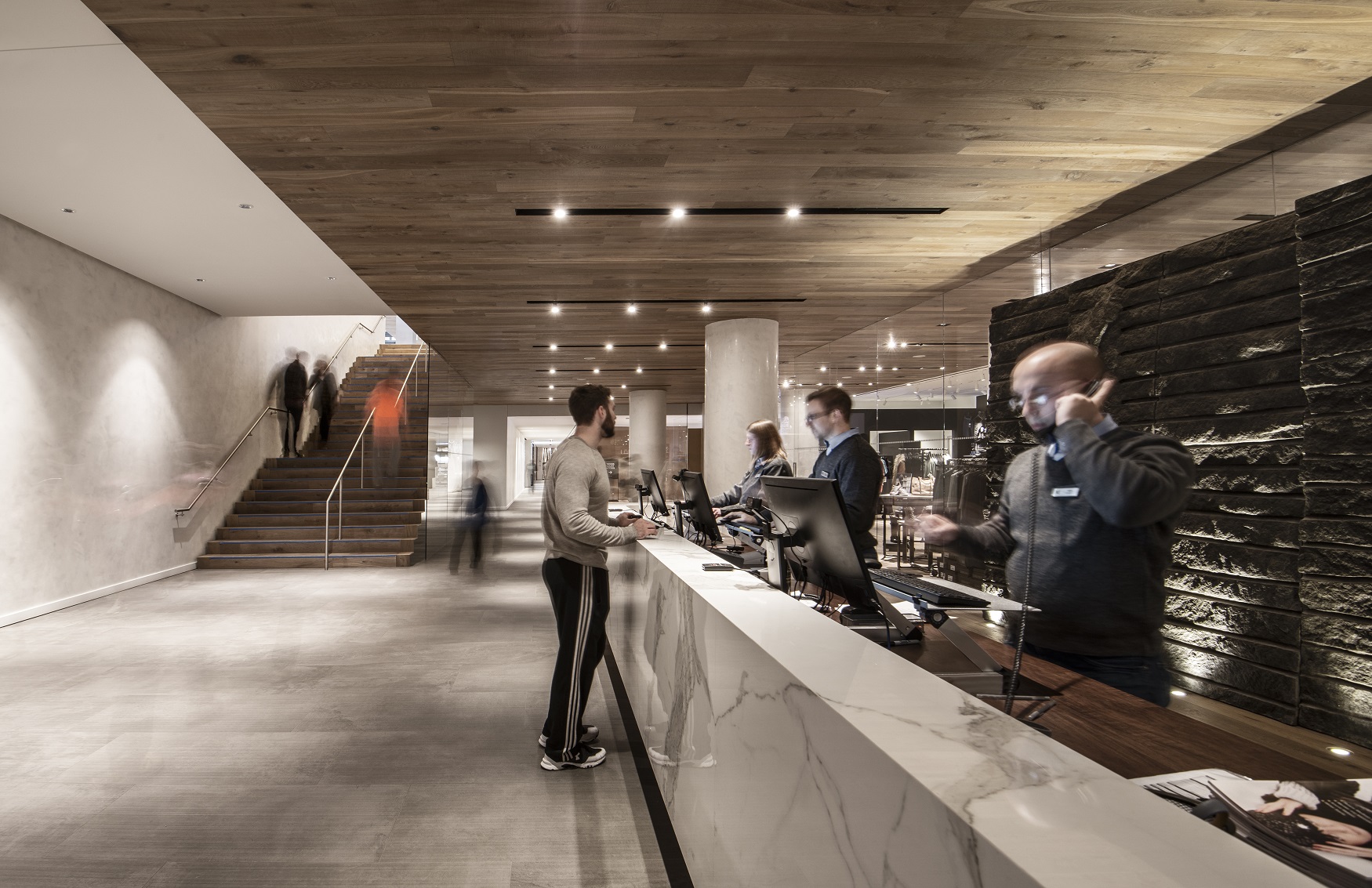
Midtown Athletic Club & Hotel lobby. Image courtesy of Anthony Tahlier Photography from DMAC Architecture
MacEwen: DMAC Architecture emphasized sustainability and responsible use of materials, sourcing locally and reducing waste. From salvaging copper sheets from the previous club café to repurposing the board forms from concrete construction for wall cladding, we focused on responsible design and construction for Midtown Athletic Club & Hotel in Chicago. We also used highly durable materials, including the lobby wall that was designed from remnants of absolute black granite blocks.
Sustainability is part of our design philosophy. This requirement was placed on all five Rivers Casino locations and, in 2012, Rivers Casino in Chicago became the first casino in the world to achieve LEED Gold certification.
Where did wellness architecture begin and how will it change in the coming years?
McCormack: The rise in wellness architecture is both a generational demand and a function of the role technology plays in our lives. As people spend longer hours in their workspaces, employees are demanding more from their employers. We are seeing an increase in wellness-based amenity spaces such as meditation rooms, quiet libraries for focused work and access to outdoor space. I think the next phase in wellness architecture will be the incorporation of real-time sensors measuring air quality, VOC levels etc. The push to wellness is not going away anytime soon.
MacEwen: I think too often when something becomes a trend, or we see the catchphrase or keyword in the headlines, we think it is something new. Wellness architecture has been around since we first started designing spaces. Wellness is less about programming and more about creating spaces we want to be in, spaces that engage the senses. There is no shortcut to creating these types of spaces. It’s not about the green wall or fountain (you can’t bumper sticker wellness), it’s about designing for the spaces we occupy.
Architecture contains the arts and is not just a container for the arts—meaning I see every space as a negative space—but with great opportunity. Negative space is where we can inspire wellness, transform minds and deliver holistic healing. Whether it’s a health club, a restaurant, a private club or a casino, we focus on the space and the outcome. Good design can deliver wellness anywhere. Good wellness design should elicit a positive emotional response, no matter where it is.
Biophilia is a key component of wellness architecture. Give us some examples that you’ve incorporated into your projects.
MacEwen: The Canopy Buffet at Rivers Casino in Des Plaines, Ill., is a buffet-style alternative dining area that is reminiscent of an outdoor pavilion in the forest. The “peek-a-boo” tight density conceals and reveals the adjacent programs: gaming floor and buffet. This density dematerializes: The deeper one journeys into the buffet, the space in between the slats opens up and ultimately celebrates the food with natural light from the skylight above.
The Canopy Buffet is designed with an exterior wall of wire-brushed Douglas Fir wood ribs that conceptually undulate like rippling water. It is through the conceptual surface tension of water that you enter Canopy Buffet. At both the principal and VIP entrances, guests are greeted by dense vertical green walls of live plants sustained by an internal irrigation system using saturated coconut shells. The woodland fantasy, which relates to the Casino’s actual forest preserve neighbor, continues inside with natural light from skylights, a “window” that reveals yellow birch trees, an infinity forest and a DMAC-designed carpet that evokes the filtered, varied light on a forest floor. The natural palette makes the connection to an idealized natural environment for a perfect place to recharge.
At Midtown Athletic Club & Hotel in Chicago, we used a green roof system to mitigate urban heat effects, reduce stormwater runoff and bring in natural landscaping to soften the hardscapes while filtering noise and air pollution.
McCormack: For a long time, commercial spaces were sleek, white and minimal. We are now seeing a return to warm, natural materials, such as replacing tile with wood. We are also seeing an increased demand for green walls and terraces where tenants can connect directly with nature.
How does landscape architecture integrate technology, well-being and good business?
McCormack: When it comes to selecting new real estate, our clients are often looking for buildings with terraces that offer tenants an outdoor space in the middle of the busy city life.
MacEwen: At Greenwood American Kitchen & Bar in Highwood, Ill., the site was a corner condition bound by primary and secondary roads. We used landscaping to soften these edges that connect the residential neighborhood to the west and commercial district to the north. Together with the architecture of the building, the landscape helped define a new gateway into Highwood while respecting the neighbors and surrounding context. In addition, the landscape was designed to define the outdoor patio space.
Building materials represent a major carbon-emitting source. How is the industry addressing this issue?
McCormack: Product manufacturers are starting to analyze their own carbon footprints, paying special attention to the amount of energy required on the back end before we even receive the materials. Those companies are seeking to create a more local manufacturing loop so that the material production and consequent sourcing is more efficient overall.
MacEwen: In terms of construction and finish materials, we always use energy-efficient systems and products as well as look for ways to upcycle or repurpose materials that would otherwise be sent to the landfill.
Do all real estate asset classes showcase the same interest for sustainability or are there differences between property types?
McCormack: Class A office space in New York City—especially new buildings—are definitely trying to show that they are on the cutting edge of sustainability, technology and wellness. That tends to be the case across commercial buildings because employers are picking up the costs of new initiatives in order to recruit and retain young talent. Other sectors have been slower to adopt these ideas because the costs tend to trickle down to the consumer.
Do you encourage your clients to pursue sustainable certifications for their projects?
McCormack: A project doesn’t need to go through an expensive certification process (LEED, WELL, Fitwel) to feature some of the guiding principles. We often encourage clients to implement the guiding wellness & sustainability principles from these rating systems that are most important to their goals for the space when budget constraints prevent them from pursuing official certification. Of course, we recommend certifications if the client can afford it, but that’s not the only way for a company to be more sustainable.
MacEwen: We’ve encouraged clients to pursue these certifications for our projects like Greenwood and Rivers Casino. However, I’m more interested in pursuing sustainability objectives because it is the right thing to do. We don’t need the “trophy” because we would do it anyway! I think certification is important so the user or next user understands how a particular project was built. We are doing for buildings what we have done for decades. Like upholstery with those “do not remove” warning labels, it’s good to know what you can’t see will not hurt you or the environment!
How is sustainability/green certification impacting the value of a real estate asset?
McCormack: Certifications definitely impact the value of a real estate asset. For one, following the requirements often leads to lower overhead costs, which make the investment worthwhile in the long run. Moreover, there is so much data available on the real-time benefit of health environments on employee health and productivity. It’s natural for employers to want those things. Plus, sustainable practices help with recruitment and retention. More than any other age group, Gen Z is acutely aware of corporate responsibility and they actively seek out companies that share their values. Working in a certified space is appealing to Gen Z and in order to capture them as an audience, many companies are stepping up to the plate.
MacEwen: Wellness has never been more important. With that comes the responsibility to design for sustainability. They go hand in hand. Today’s world is fast-paced and some may say overwhelming. What’s needed is wellness design everywhere. It should be in atypical locations like Starbucks or every gym’s cardio floor. If we don’t infuse wellness into other spaces, then why leave home? Amazon can deliver goods and groceries, DoorDash can bring restaurant meals to you. You get my point.

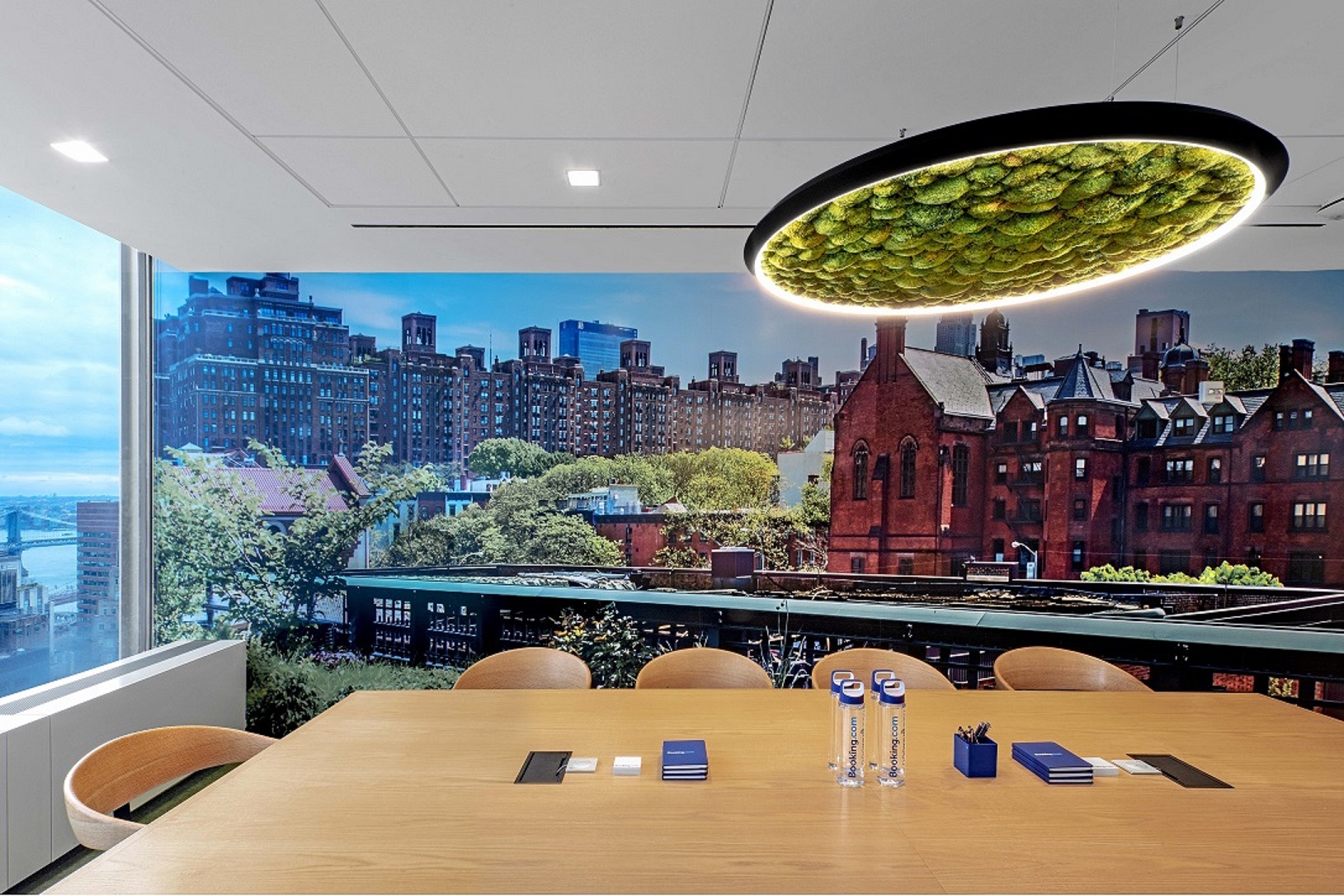
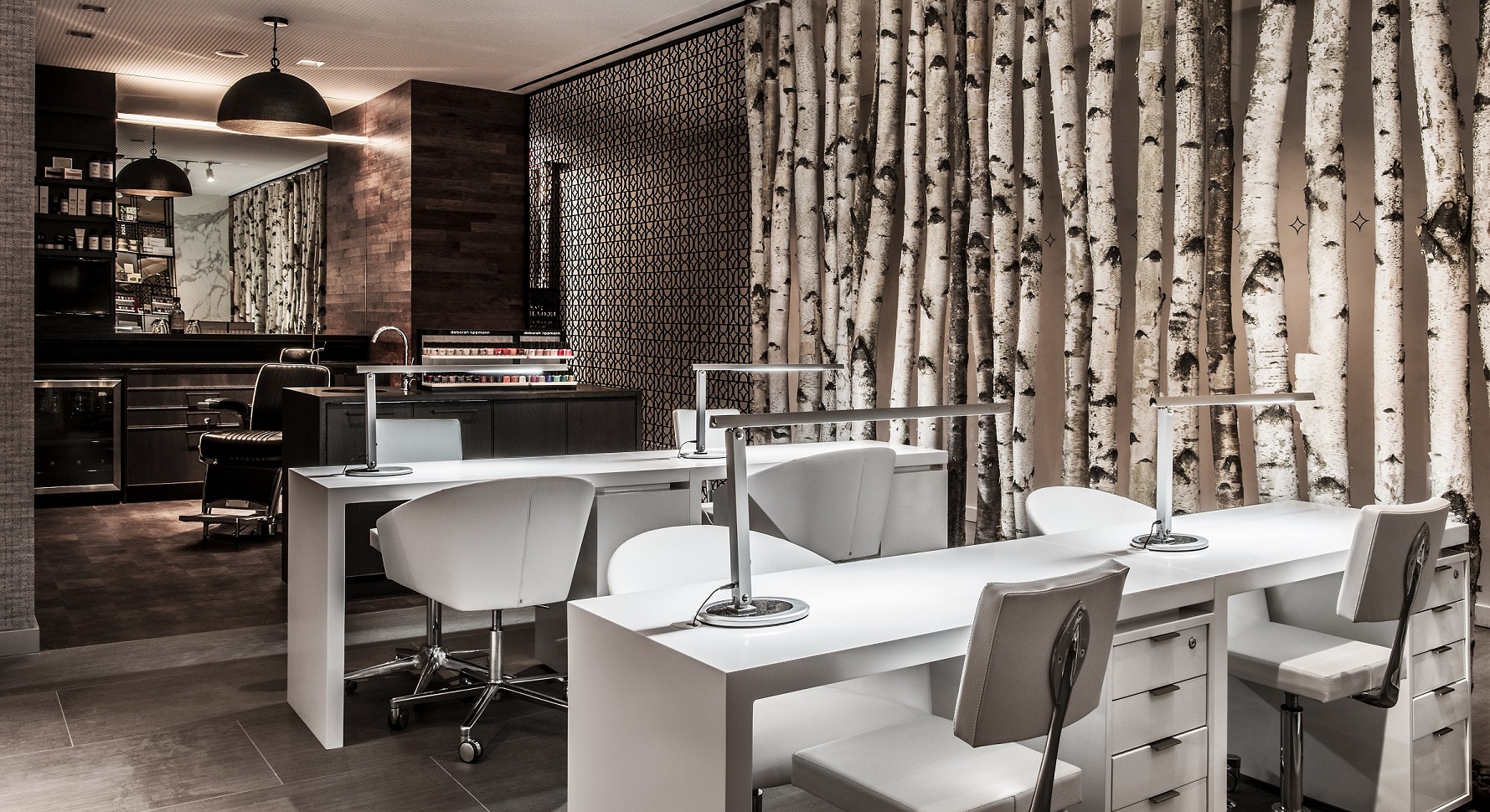
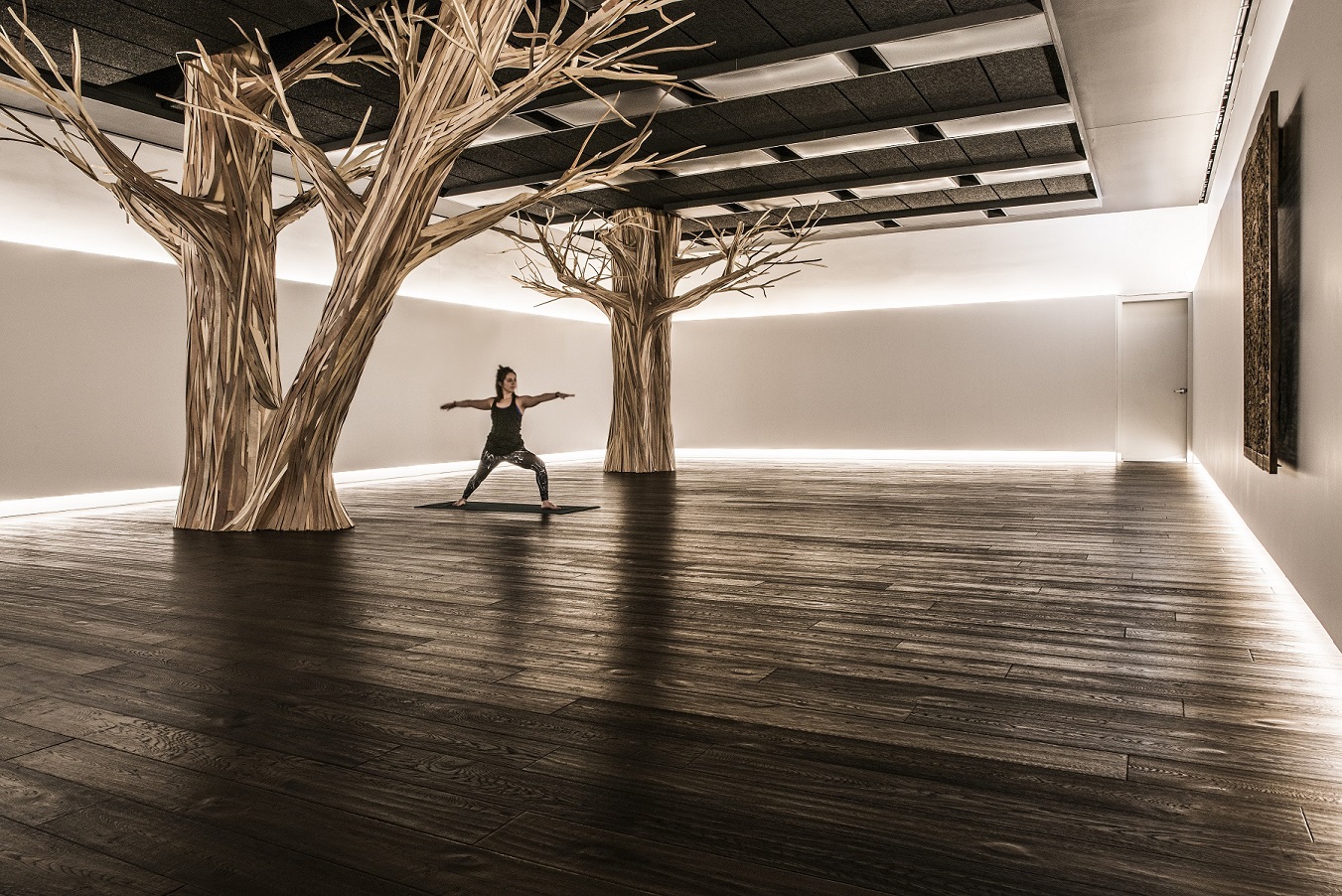
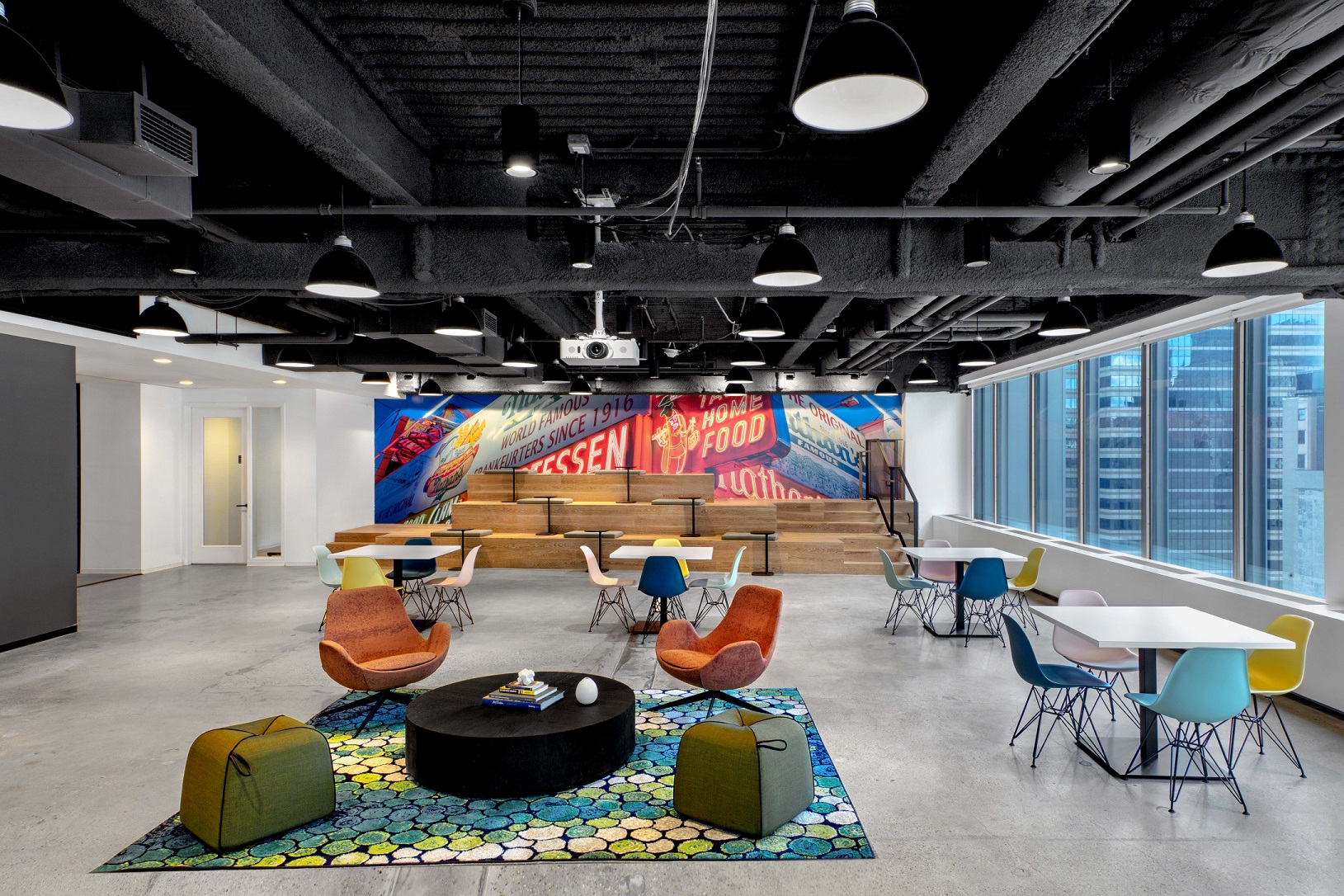






You must be logged in to post a comment.